WHY DID WE BUY ULVA?
SPECIAL
Ulva is a very special place. In the 1800’s it was a thriving community of over 600 residents. Many residents from Mull and far beyond can trace their families back to Ulva. In its heyday, Ulva played host to an illustrious line of famous people including Beatrix Potter and Boswell & Johnson on their tour of Scotland. Ulva is also famous as the birthplace of one of the founding fathers of modern Australia, Sir Lachlan Macquarie. This connection draws many Australians each year to trace their island family heritage in the area.
BEAUTY
Ulva is an island of outstanding natural beauty. Cars have been all but banished and the human touch is light. Several rare species thrive in unspoilt habitats whilst spectacular marine life can be seen from shore and boat alike. An island off an island really is a wonderful place to be.
INVESTMENT AND NEW IDEAS
An unspoilt idyll Ulva may be, yet it supports a modern community. This means the island requires investment and fresh ideas if it is to grow and flourish. In June of 2018 the community of Ulva and neighbouring Mull bought the island as a first step in restoring to Ulva a thriving human heart.
Next, the community are undertaking a plan of restoration, creation and collaboration. The existing stock of housing is set for a comprehensive schedule of refurbishment and restoration. New-build homes sensitive in design and structure will be built and filled. New business will be encouraged and welcomed along with sustained support of the existing businesses that the island supports.
Ulva's future is secure, its community custodians already busily investing time and resource in its creation. The island is playing its part in the revitalisation of the North-West Mull area:
About the Isle of Ulva
Ulva is located 500 yards off the west coast of Mull in the Scottish Inner Hebrides. It is an island of roughly seven and half miles long and two and half miles wide.
It has a rich and long human history that stretches back at least seven and half thousand years.
About Ulva
Human occupation on the island stretches back at least 7,650 years to the Mesolithic hunter-gathers who were collecting limpets and winkles from the foreshore in front of Livingstone Cave - a site now acknowledged as national important due to the wealth of archaeological material found there.
The standing stones on Ulva suggest a later Neolithic occupation by the first farmers in Scotland, with some archaeologists suggesting these people might have traveled up the western waterways of Britain to reach as far north as the Western Isles, Orkney and Shetland.
During the medieval period, Ulva was part of the Gaelic Dál Riata kingdom that spread into Scotland from Ireland in the 6th century AD and evidence for this inclusion is evidenced by the number of small fortified Duns on Ulva rather than the massive Brochs further to the north.
During the period of Norse occupation - Iona, ten miles to the south by sea, being one of the first places in the British Isles to experience Viking raids in 794 AD - Ulva became part of the Norse Kingdom of the Isles that existed up until 1266 when all its lands became part of the Kingdom of the Scotland.
At the taking of the first national census in 1841, the population of the island was recorded at 570 individuals spread across twenty-two townships. By 1861, twenty years later, emigration and forced clearances had reduced that number to just 70.
By the late 1990's the population and further reduced to 30 and by 2015, just two households were left, three adults and two children.
This new point in Ulva's History is to start to bring a population back to Ulva and to recreate an striving island community that was in danger of being lost.
The standing stones on Ulva suggest a later Neolithic occupation by the first farmers in Scotland, with some archaeologists suggesting these people might have traveled up the western waterways of Britain to reach as far north as the Western Isles, Orkney and Shetland.
During the medieval period, Ulva was part of the Gaelic Dál Riata kingdom that spread into Scotland from Ireland in the 6th century AD and evidence for this inclusion is evidenced by the number of small fortified Duns on Ulva rather than the massive Brochs further to the north.
During the period of Norse occupation - Iona, ten miles to the south by sea, being one of the first places in the British Isles to experience Viking raids in 794 AD - Ulva became part of the Norse Kingdom of the Isles that existed up until 1266 when all its lands became part of the Kingdom of the Scotland.
At the taking of the first national census in 1841, the population of the island was recorded at 570 individuals spread across twenty-two townships. By 1861, twenty years later, emigration and forced clearances had reduced that number to just 70.
By the late 1990's the population and further reduced to 30 and by 2015, just two households were left, three adults and two children.
This new point in Ulva's History is to start to bring a population back to Ulva and to recreate an striving island community that was in danger of being lost.

